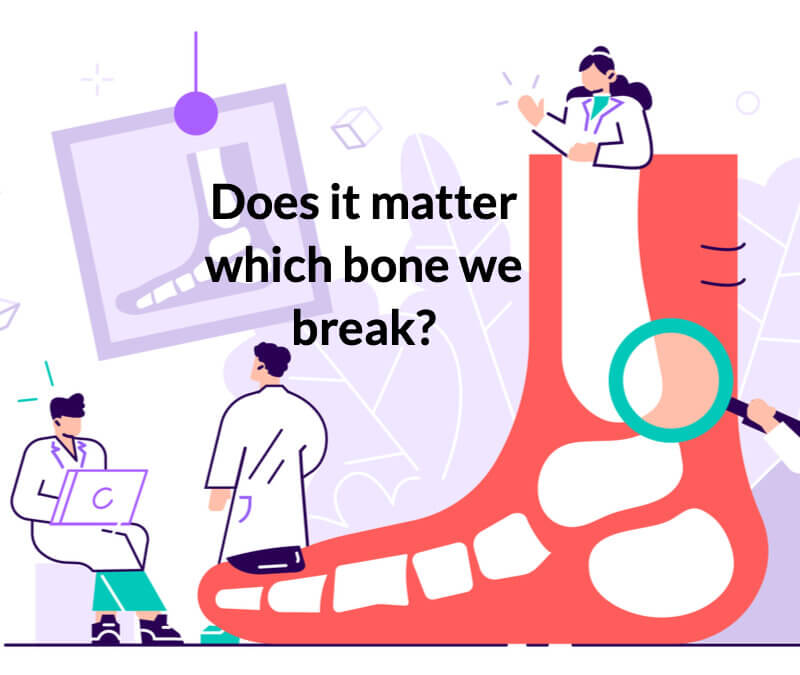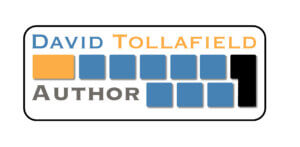Broken Bones and Feet
The theme – does it matter which bone you break? The answer, of course, is a simple yes. Unfortunately, not all bones heal the same way or are as prone to damage as others. As a lay article, I hope this updates any previous knowledge, or if you are a clinician, a little refresh, perhaps? The second matter is what causes a fracture or break. Are these always what they seem? I provide a little bit of physics, chemistry and nutrition to bring into focus the less-known aspects behind bone breaks… READ MORE…
Thanks for reading ‘Which Bones are Most at Risk from Fracture?‘ by David R. Tollafield


Recent Comments